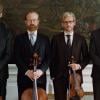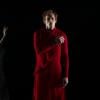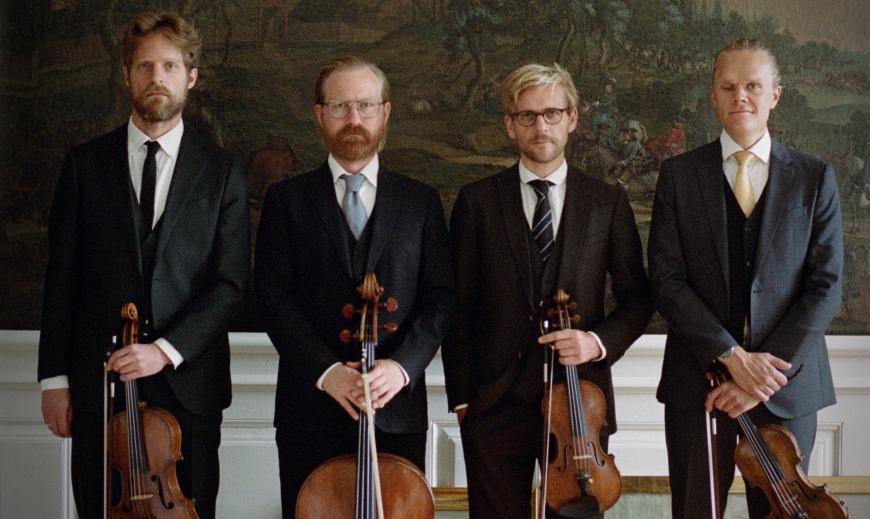
Over the last several years, the Danish String Quartet has been presenting the fruits of a commissioning project called Doppelgänger, German for “double” or “lookalike.” For each program, the project pairs a string quartet by Franz Schubert with a new work that responds to that particular quartet. Last year’s installment, for example, contrasted Schubert’s “Rosamunde” Quartet, D. 804, with Rituals by Anna Thorvaldsdottir.
This year, the DSQ partnered with guest cellist Johannes Rostamo for profound, and sometimes disturbing, performances of Schubert’s great String Quintet in C Major, D. 956, and British composer Thomas Adès’s responding work, the single-movement Wreath for Franz Schubert. Cal Performances is among the organizations supporting the project and presented this concert at Zellerbach Hall on Saturday, April 13.
The DSQ and Rostamo led off with the Schubert, the better to have it firmly in our ears before Wreath. Like other late Schubert works — it was written in the last year of the composer’s short life — the quintet is conceived on a vast scale, running about an hour in performance and encompassing the world as much as a symphony by Gustav Mahler does.
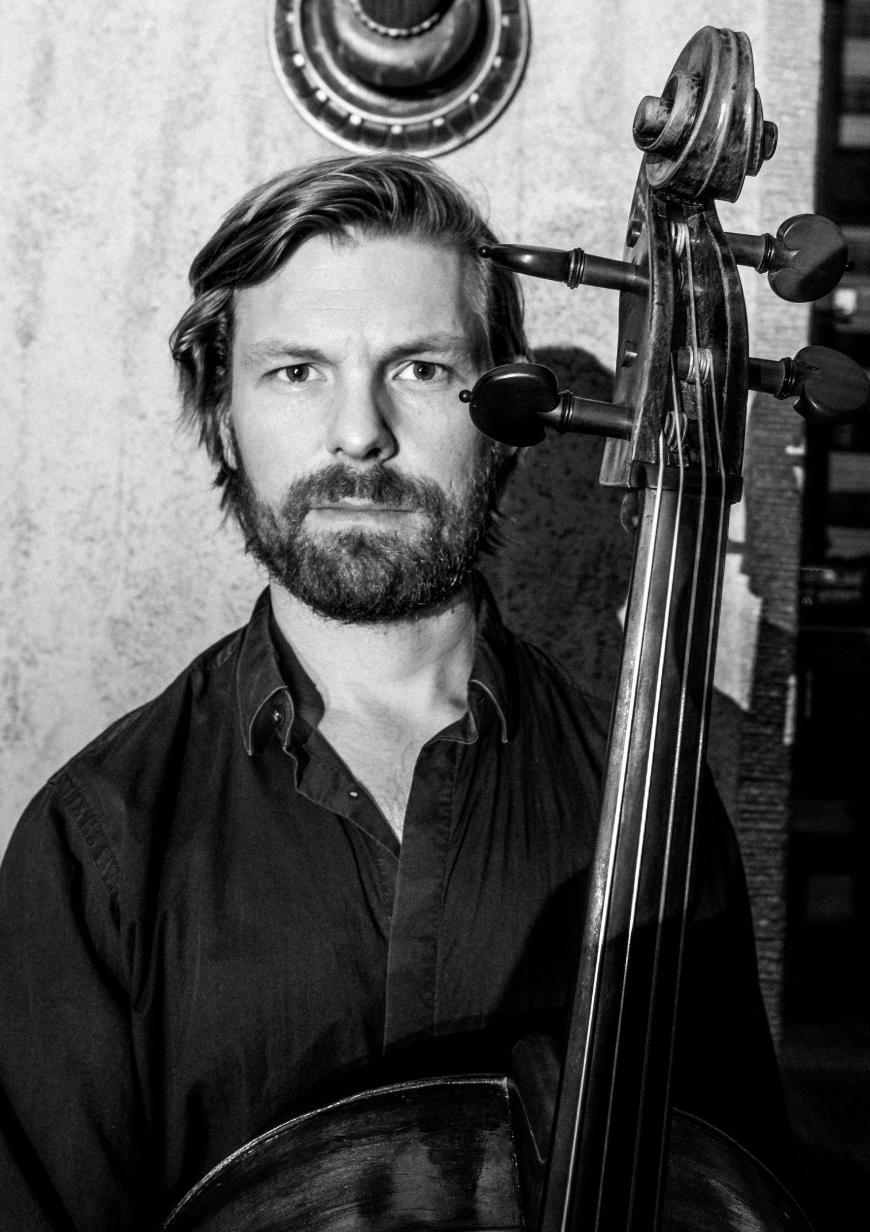
Much of the quintet is sublimely beautiful, owing to the composer’s endlessly inventive melodic gifts. What made this performance particularly special was how the musicians brought out the extreme, almost feral, emotional and musical contrasts. I’ve never been more aware of the restlessly shifting energy of this piece’s opening phrases and how they contrast with the serene harmony of the second theme. Or of how the magical suspended tranquility of the slow movement drops into violent despair in a distant and disconcerting minor key before returning to the opening calm.
These contrasts continue throughout the quintet. In the Scherzo, Schubert starts off in a fast C major, then surprises you with an unorthodox slow trio section. The fourth movement’s bumptious opening also gives way to a more delicate second theme.
To achieve these contrasts, the players colored their individual and collective sounds far beyond what the score requires. Each could enrich and deepen his sound at will or lessen his vibrato to thin out and focus that sound. They were always alive to the rhythmic variety and vitality of the quintet and phrased with astonishing refinement and unanimity. These players also demonstrated a magnificent instinct for the drama of silences, exquisitely taking control of rests, pauses between movements, and the very end of both quintets.
In his note for Wreath, Adès writes, “At a recent (devastating) performance of [the Schubert quintet] I was fascinated over again by the role of the second cello — at once lead singer, commentator, and umpire.” Adès derived the rhythmic structure for every measure of Wreath from a single bar of the second movement of the Schubert. This gives Adès’s work a repetitive grounding on top of which he can build other structures. The repetitions tie the piece together, as in a chaconne, in which a melody, usually in the bass, repeats while different harmonies and melodies unfold atop.
Adès divides the five players along two axes. There’s arco-pizzicato, with one violin, the viola, and one cello using their bows, while the other violin and cello pluck their strings. Then there’s the groups of instruments themselves: two violins, viola, two cellos.
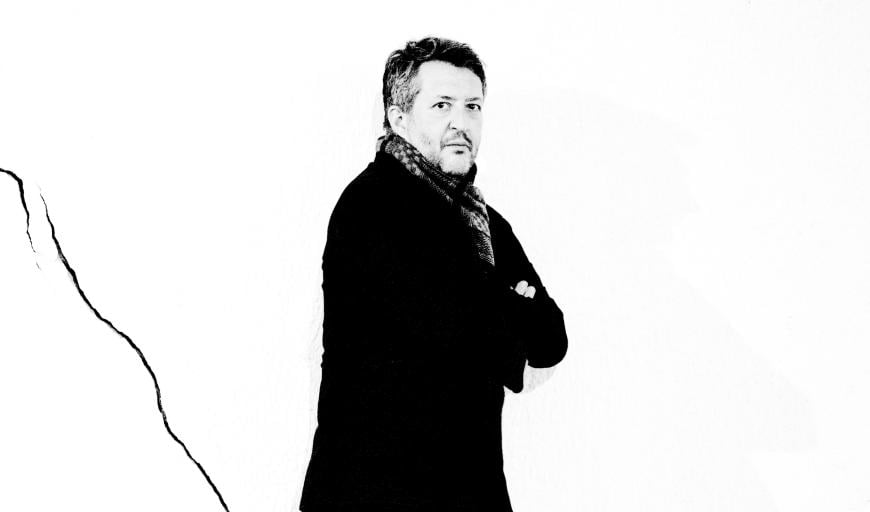
The composer has also built in a variable element: He instructs that each measure should contain six to 14 beats, allowing that the “initial figure” in each bar can be repeated between zero and five times. One result, as Adès says, is that “within certain limits no two performances would be the same, and the duration is flexible: between 15 and 30 minutes, depending on the players, or maybe the weather.” Introducing Wreath, one of the violinists remarked that this degree of “freedom for the musicians is scary to us” — not that you could tell from the gorgeous performance these five players gave.
Saturday’s performance fell in the center of Adès’s specified range, unfolding seamlessly and with devastating beauty in about 20 or 25 minutes. While the swaying rhythms of Wreath might not change much from measure to measure, the harmonies shift constantly and hypnotically. The pizzicato violin and cello punctuate the smooth lines of the bowed instruments, weaving about them as if commenting on or decorating them. The plucked and bowed instruments could almost be two separate worlds, were it not for how tightly their lines are interwoven.
At times, Wreath achieves an archaic sweetness as its patterns shift slowly and as the bowed violin sings a ruminative passage in its upper range. Wreath is mostly very quiet, but then you realize that a crescendo has been developing slowly, reaching its peak very close to the end before dying away.
The concert closed with the DSQ’s own arrangement of Schubert’s song “Die Nebensonnen” (The false suns) from the song cycle Winterreise. “Die Nebensonnen” continued the doubling theme of the concert, extending it to tripling as the song’s narrator hallucinates three suns in the sky. The performers played the arrangement with the lyricism and grace of a great lieder singer.



